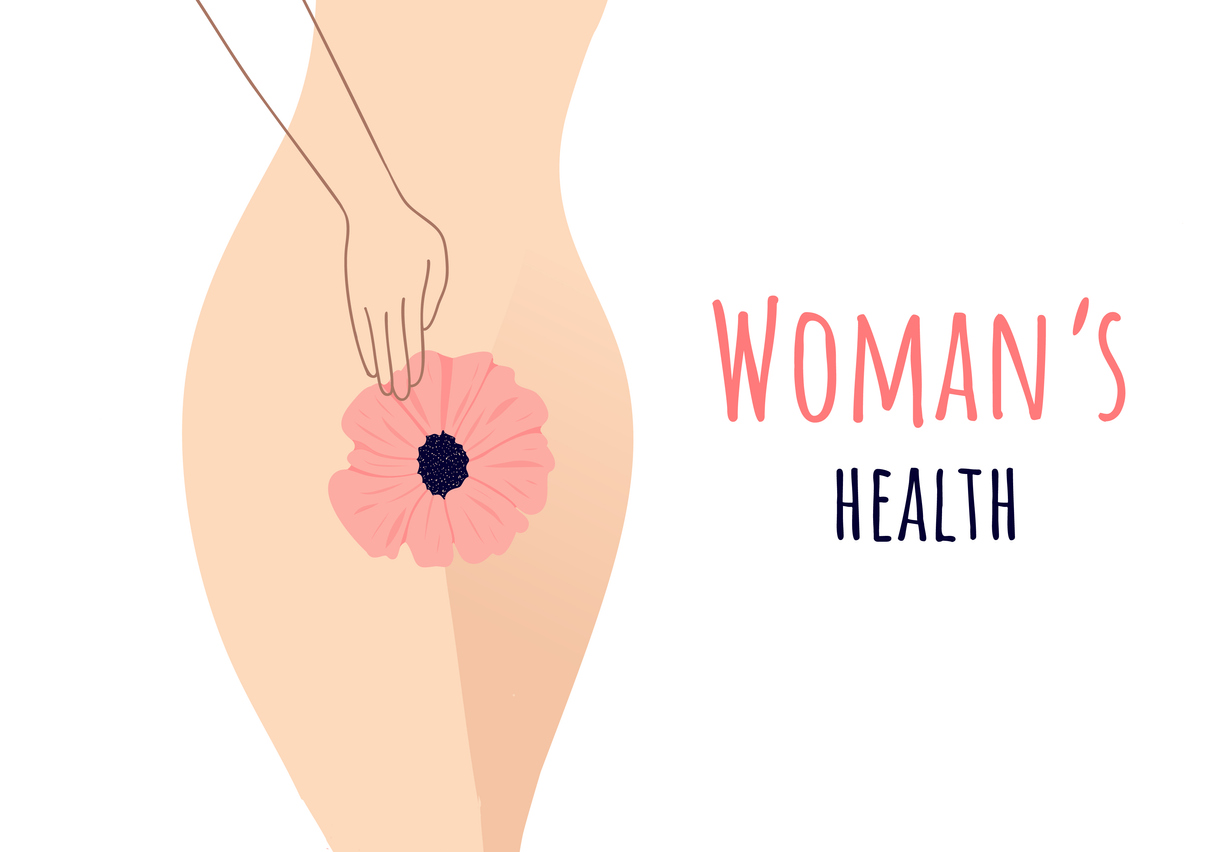
The vagina goes through a number of significant changes following childbirth. Some of these changes may only be temporary and will improve with time and self-care practices, while others may require gynecological intervention to restore the look, feel, and function of the vagina.
Let’s explore the specific vaginal changes that take place after childbirth and what you can do to reverse these changes.
What Happens to Your Vagina after Delivery?
The following are some of the vaginal changes that commonly occur when you give birth naturally:
· Reduced Vaginal Elasticity
Childbirth can cause vaginal stretching and reduced elasticity. Although the vagina is unlikely to return completely to its pre-birth shape, elasticity usually improves over time. Pelvic floor exercises are recommended to improve symptoms.
Childbirth can sometimes cause the labia (the folds of skin around the vagina) to become damaged such as through tearing or stretching. Damaged or stretched labia may cause discomfort during sexual intercourse, athletic activities, or when wearing certain clothing.
· Weakened Pelvic Floor Muscles
The pelvic floor muscles are a group of muscles that supports the pelvic organs and hold them in place. Pelvic organs include the uterus, vagina, bowel, and bladder. The pelvic floor muscles also assist with sexual function and sensation, and bladder and bowel control. Keeping these muscles strong is very important to prevent bowel, bladder, and sexual problems, and pelvic organ prolapse (when pelvic organs bulge or sag down into the vagina).
Pregnancy and childbirth can both weaken pelvic floor muscles. Women who have had multiple births or who have given birth to large babies and sustained 3rd/4th-degree perineal tears (laceration of the skin separating the vagina from the anus) are at greater risk of sustaining damage to their pelvic floor muscles.
· Vaginal Dryness and Soreness
It is very common for the vagina to feel sore immediately after childbirth, especially if there was significant trauma, such as a tear or episiotomy (incision), which can take time to heal.
This type of pain is usually only temporary until the skin and tissue heal but it is important to monitor it and to keep the area clean to prevent infection. Pain relief medication may also be recommended. If the pain becomes worse, or you are concerned, contact your physician for advice.
The vagina may also feel drier than usual following childbirth. This is linked to the dramatic decline of estrogen levels that takes place during the postpartum period. Breastfeeding can also lower levels of estrogen. Vaginal dryness can cause discomfort but usually improves when your menstrual cycle returns to normal.
How to Get Your Vagina Back into Shape After Childbirth
Listed below are the different approaches for helping your vagina rebound after childbirth:
· Pelvic Floor Exercises
Strengthening the pelvic floor muscles is very important to help improve and tone the vaginal muscles and to prevent bowel and bladder problems. The exercises involve squeezing the muscles around the anus (as if you are trying to prevent yourself passing gas), vagina, and urethra (as if you are trying to prevent yourself passing urine) at the same time. You should practice a combination of 10 quick and slow holds several times per day.
· Vaginal Rejuvenation Surgery
Vaginoplasty is a vaginal rejuvenation procedure aimed at tightening, strengthening, and toning the vaginal muscles, thereby restoring the appearance and function of the vagina. With a vaginoplasty, the excess skin from the backside of the vagina is removed to tighten the vaginal muscles.
A labiaplasty is another type of vaginal rejuvenation procedure that involves surgically reshaping the labia and removing excess skin. The procedure is carried out to restore the size and shape of the labia minora (the inner folds of skin surrounding the vulva) for both aesthetic and medical purposes.
· Pelvic Floor Therapy
Pelvic floor therapy is a pain-free non-surgical treatment method that aims to retrain pelvic floor muscles and improve bladder, bowel, and sexual function. It also reduces the need for surgery in the future.
Pelvic floor therapy involves several techniques, including pelvic floor exercises, manual therapy, pelvic floor biofeedback, and vaginal dilators.
Pelvic Floor Therapy and Vaginal Rejuvenation in North Miami, FL
At Levin’s Women’s Health & Wellness Center, our board-certified gynecologists have undergone specialized training in pelvic floor therapy and vaginal rejuvenation procedures. This equips them with the expertise in reversing vaginal changes after childbirth, ultimately helping women enjoy a good quality of life.
To find out more about pelvic therapy and vaginal rejuvenation services, call us at (305) 981-0231 or use our online appointment request form to arrange a consultation with one of our gynecologists.
